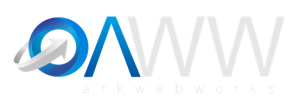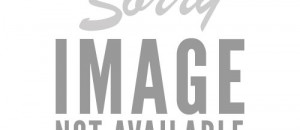The global economy is under pressure these days, suffering from a troubling mix of heightened geopolitical risk and wobbly macro reports. Despite the challenging environment, the US economy still looks resilient, based on the current numbers through November. Tracking a diversified set of indicators shows that macro momentum was solidly positive through last month. But at a time when the economic trend for the US appears to be strengthening, new threats are on the horizon. In addition to the familiar and long-simmering challenges facing Europe and Japan, a crisis may be brewing in emerging markets in the wake of sharply lower oil prices. As a result, blowback risk is rising for the developed world. The US isn't immune to the turbulence, but the downside risks for the near term are limited due to the country's positive macro momentum of late.
Using a methodology outlined in Nowcasting The Business Cycle: A Practical Guide For Spotting Business Cycle Peaks, economic and financial trends suggest that recession risk for the US remains low as of November. The Economic Trend and Momentum indices (ETI and EMI, respectively) are still at levels that equate with expansion. The current profile of published indicators through last month (12 of 14 data sets) for ETI and EMI reflect solidly positive trends.
Here's a summary of recent activity for the components in ETI and EMI:

Aggregating the data into business cycle indexes continues to show positive trends. The latest numbers for ETI and EMI indicate that both benchmarks are well above their respective danger zones: 50% for ETI and 0% for EMI. When the indexes fall below those tipping points, we'll have clear warning signs that recession risk is elevated. Based on the latest updates, there's still a sizable margin of safety between current values for November and the danger zones, as shown in the chart below. (See note below for ETI/EMI design rules.)

Translating ETI's historical values into recession-risk probabilities via a probit model also suggests that business cycle risk remains low for the US. Analyzing the data with this methodology implies that the odds are virtually nil that the National Bureau of Economic Research (NBER) — the official arbiter of US business cycle dates — will declare last month as the start of a new recession.



